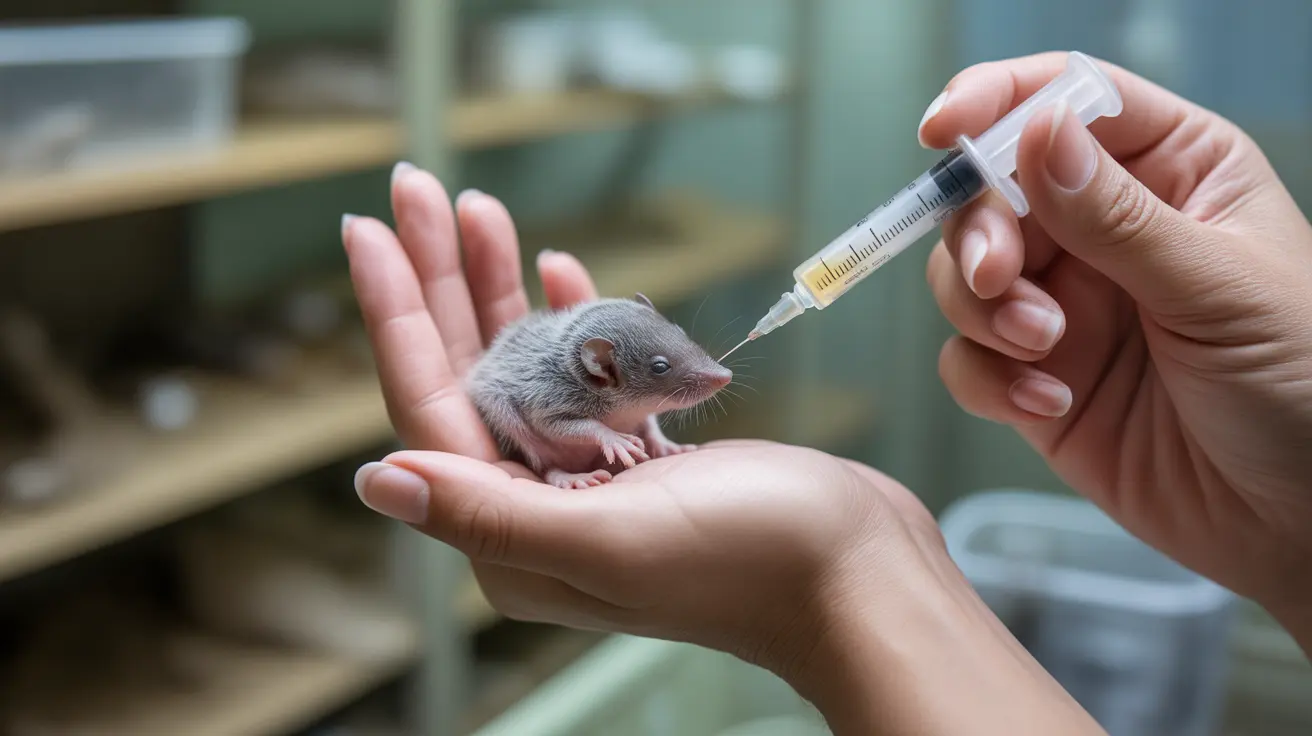Understanding the 3-3-3 Rule for Dogs and Cats: A Guide to Pet Adjustment
Adopting a new pet is a rewarding experience, but it also comes with challenges, especially when introducing a dog or cat into a new home or alongside a pet of another species. One concept that helps pet owners set realistic expectations during this transition is the 3-3-3 rule. This framework outlines typical adjustment periods for animals and can aid in cultivating patience, empathy, and proper care.
What is the 3-3-3 Rule?
The 3-3-3 rule describes the three phases of adjustment most dogs and cats experience when transitioning into a new environment:
- 3 Days: Decompression phase
- 3 Weeks: Settling-in period
- 3 Months: Establishing a bond and full adjustment
This timeline is a helpful tool rather than a strict schedule. Each pet is unique, and individual personalities, past experiences, and household dynamics influence how they respond over time.
The First 3 Days: Decompression
In the initial days, both dogs and cats may experience stress, anxiety, and disorientation. They’re adjusting to new sights, sounds, and smells, and may:
- Hide or isolate themselves
- Show signs of fear or nervousness
- Experience appetite changes
- Exhibit withdrawn or overly excited behavior
During this phase, it’s crucial to offer a quiet, stable environment. Set up a dedicated space where the pet feels safe. Avoid overwhelming them with too much attention or new experiences. Let them explore at their own pace, and always provide access to food, water, and a comfortable resting area.
The Next 3 Weeks: Settling In
Over the next few weeks, pets begin understanding their environment and routine. During this period, expect behaviors to:
- Start revealing their personality and habits
- Test boundaries and house rules
- Become more interactive or playful
- Communicate needs more clearly
This phase is ideal for gently reinforcing routines and training. Continue calmly introducing your pet to family members or existing animals in the home. Using positive reinforcement builds trust and helps them adapt to expectations within the household.
After 3 Months: Full Adjustment
By the three-month mark, most pets feel secure and at home. They exhibit comfort with the routine, owners, and surroundings. You’ll likely notice:
- Relaxed behavior
- Increased affection and social interaction
- Improved obedience and communication
- Greater resilience to minor stressors
If the pet is living alongside another species, such as a dog with a cat or vice versa, their relationship begins to stabilize. Provided that introductions were well-managed and supervised, many dogs and cats form positive bonds or learn to coexist peacefully.
Applying the Rule to Dog and Cat Introductions
Introducing a dog to a cat—or vice versa—adds complexity to the adjustment process. Understanding the 3-3-3 rule in this context is helpful when:
- Introducing a new cat into a dog’s home
- Adding a dog to a household with resident cats
- Adopting a dog and cat simultaneously
Follow these steps within the framework of the rule:
- First 3 Days: Keep pets separated to reduce stress. Use scent-swapping (trading toys or bedding) and monitor reactions to each other's presence behind closed doors or baby gates.
- First 3 Weeks: Introduce them gradually under supervision. Use leashes and allow cats space to escape. Reward calm behavior and discontinue interactions at the first sign of aggression or anxiety.
- After 3 Months: Most pets, if well-matched, may tolerate or even enjoy each other's company. Don’t rush the process—let their comfort levels guide progress.
Managing Expectations and Potential Setbacks
While the 3-3-3 rule offers a helpful timeline, some pets need more time due to past trauma, medical issues, or unique personalities. Monitor for:
- Persistent aggression or fear
- Lack of appetite beyond the first week
- Overly territorial behaviors
- Clinical signs of stress like vomiting or diarrhea
If concerning behaviors persist, seek advice from a veterinarian or animal behaviorist. Early intervention can prevent long-term issues and improve interspecies relationships.
Tips for Success
- Introduce pets slowly and at the cat’s pace
- Use physical barriers early on to ensure safe exposure
- Reward positive interactions with treats and praise
- Provide vertical escape areas for cats
- Never force physical interactions
- Supervise all early contact
- Maintain separate feeding and litterbox areas
Conclusion
The 3-3-3 rule is a valuable guideline for pet owners who want to offer a supportive and thoughtful transition for newly adopted animals. Whether it’s a dog, cat, or both, respecting each phase of adjustment can lead to a harmonious and loving multi-species household. By incorporating patience, structure, and active listening to your pet’s needs, you set the foundation for a healthy bond that lasts a lifetime.





